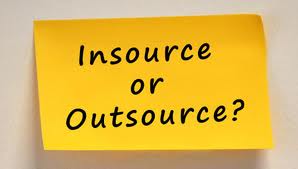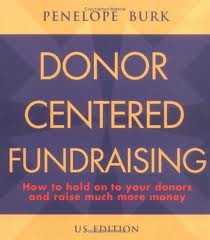It has been an exhausting whirlwind of work the last few months. While I would never dare complain about work so as not to upset the consulting gods, I need to take a short break. So, this week I will re-run some of the most viewed DonorDreams blog posts on fundraising and leadership. I hope you enjoy today’s post on questions every non-profit CEO should be asking. Enjoy the flashback! ~Erik
Questions every non-profit executive director should be asking
Originally published on June 14, 2012
Tony Stoltzfus explains in his book “Coaching Questions: A Coach’s Guide to Powerful Asking Questions” that there are many reasons why asking questions is important. I highlighted the following three reasons:
- Asking empowers
- Asking develops leadership capacity
- Asking creates authenticity
I believe the very first reason in this list explains why non-profit executive directors need to get better at asking questions of their board members. The following is what Tony says about “asking empowers”:
. . . roughly 80% of the time, I find that they already know what to do: they just don’t have the confidence to step out and do it. Self-confidence is a huge factor in change. When you ask for people’s opinions and take them seriously, you are sending a powerful message: “You have great ideas. I believe in you. You can do this.” Just asking can empower people to do things they couldn’t do on their own.
Sure, Tony is talking about executive coaching in that passage, but in some regards executive directors serve as a coach to the board of directors. At least sometimes . . . right? (Yes, that job involves a weird little dance and sometimes the board leads and other times the executive director leads. Sigh!)
 I cannot tell you how many non-profit executive directors tell me that their board members are disengaged. While there can be many reasons for this phenomenon, one reason could be that the executive director is doing too much talking and not enough asking. Think about it for a moment.
I cannot tell you how many non-profit executive directors tell me that their board members are disengaged. While there can be many reasons for this phenomenon, one reason could be that the executive director is doing too much talking and not enough asking. Think about it for a moment.
When I decided to open The Healthy Non-Profit LLC last year, I saw a blog post from Seth Godin titled “Questions for a new entrepreneur“. After reading it, I posted it to the bulletin board in my office. I periodically go back and re-read it because the questions he suggests a new business owner ask are right on target. Here are a few of those questions that I think are applicable to non-profit executive directors:
- Are you aware of your cash flow? What’s your zero point? What are you doing to ensure you get to keep swimming?
- What’s your role?
- Are you trying to build a team?
- Why are you doing this at all?
 Circling back around to the idea of engaging board members, here are a few questions I found in Tony Stoltzfus’ book “Coaching Questions: A Coach’s Guide to Powerful Asking Questions” that I believe non-profit executive directors should be asking of their board members in committee meetings and in the boardroom:
Circling back around to the idea of engaging board members, here are a few questions I found in Tony Stoltzfus’ book “Coaching Questions: A Coach’s Guide to Powerful Asking Questions” that I believe non-profit executive directors should be asking of their board members in committee meetings and in the boardroom:
- Where do you see this going?
- How do you want things to turn out? What’s the best possible outcome?
- What do you think this looks like from the other person’s point of view? (e.g. donor, client, staff, etc)
- How do you feel about that?
- What are the real issues here?
- How should we make this decision?
- What do you need to know to make a great decision?
- What would a great decision look like?
I believe the following Ralph Waldo Emerson quotation can best summarize how important a good executive directors can be to their board of directors, especially if that executive director knows how to ask really powerful questions:
“Our chief want is someone who will inspire us to be what we know we could be.”
What questions do you hear being asked by executive directors? Are they powerful and engaging questions? Please use the comment box below to share a few examples.
Here’s to your health!
Erik Anderson
Founder & President, The Healthy Non-Profit LLC
www.thehealthynonprofit.com
erik@thehealthynonprofit.com
http://twitter.com/#!/eanderson847
http://www.facebook.com/eanderson847
http://www.linkedin.com/in/erikanderson847

























